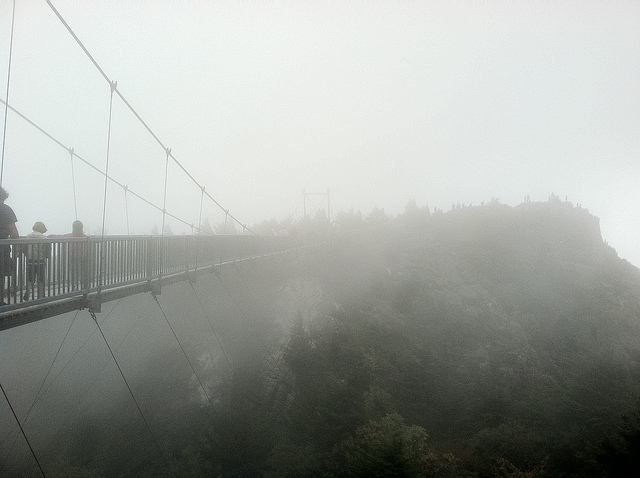Our 2016-17 Winter Outlook series includes three posts beginning today and concluding on November 17 with our office’s predictions for the winter.
The signs of the changing seasons are all around us, from falling leaves to first fall frosts. Before the days of scientific seasonal forecasts, these observations from nature were the main source of predictions for the coming winter.
While few of these predictors are fool-proof forecasts, they remain well-entrenched in our local, regional, and national weather folklore. To kick off this year’s Winter Outlook series, we will highlight several of these famous adages and their forecasts for this winter.
The Woolly Worm
The legend of the woolly worm as a forecaster dates back to the 1950s. Dr. C. H. Curran, curator of the American Museum of Natural History in New York, collected and observed woolly worms over an eight-year period, noting the apparent link between their coloration and the local winter weather. Black bands are said to foretell cold, snowy conditions while brown bands are signs of milder weather.
We found that in North Carolina, the woolly worm forecasts are only about as accurate as flipping a coin to make a forecast. Of course, that doesn’t dampen the enthusiasm of the crowds that gather each October in Banner Elk, NC, for the annual Woolly Worm Festival. Hopeful attendees enter woolly worms in a series of races, with the fastest caterpillar becoming the festival’s official forecaster.
The High Country Press reports that during this year’s festival on October 15, the winning worm was Hans Solo, entered by brothers Reyn and Hickson Beekman from Boone. Hans’s mostly brown body suggests a milder winter awaits, and a more careful analysis of its body segments shows that the best chance for cold and snow could come in the first few weeks of January.

Farmers’ Almanacs
Using centuries-old formulas first developed by the likes of Benjamin Franklin, a pair of farmers’ almanacs issue their own winter outlooks each year. Although the exact ingredients in their equations are secrets kept under lock and key, we do know that they include some climatological indicators of possible winter conditions, as well as sunspots and other astronomical information.
For this winter, the two almanacs offer very different forecasts for North Carolina. The Farmers’ Almanac suggests “Penetrating Cold and Very Wet” weather across the Southeast US. This makes five straight years that this almanac has predicted cool, wet conditions for our region.
The Old Farmer’s Almanac, on the other hand, suggests milder weather awaits the Southeast:
“Winter will be warmer than normal, with below-normal precipitation and near- to below-normal snowfall. The coldest periods will be in early to mid-January, from late January into early February, and in mid-February. The best chances for snow will be in late November, mid-February, and mid-March.”
Its graph of expected monthly temperature and precipitation anomalies shows December and January as being warmer than normal, with December and February on the dry side.
Other Folklore Forecasts
While some bits of folklore are tougher to test — you try measuring the bushiness of a squirrel’s tail, for instance — we have previously analyzed several sayings that make winter predictions based on the weather itself.
A popular one purports that hearing thunder in the winter is a sign of snow in 7 to 14 days. However, for North Carolina, we found that saying is only true about one out of every seven occurrences. Those odds aren’t much different than the background climatology, given that we generally see snow during two or three weeks out of 13 total weeks in the winter.

In last year’s winter outlook, we tested two assertions that say August fog or temperatures are signs of weather in the coming winter. We found no meaningful relationships with either August condition, but for the enquiring minds, here is what those sayings indicate about this winter.
This August was particularly unfoggy across the state. Most sites across the Piedmont and Coastal Plain reported just one day with fog observed, and even in the Mountains, Asheville saw fog on only one day and Boone observed it on only four days. If you believe the folklore, that would suggest only one snow event this winter across most of the state.
The first week of August this year was on the warm side across the state, including the 10th-warmest beginning to August on record in Charlotte. Another bit of folklore suggests that “if the first week in August is unusually warm, the coming winter will be snowy and long”.
There is clearly dissension in the ranks of folklore-based forecasts for this winter, particularly among the almanacs and August weather sayings. If that has left you confused and wondering what to expect, stay tuned next week as we take a more scientific look at the winter forecast and what patterns like La Niña could mean for our weather.